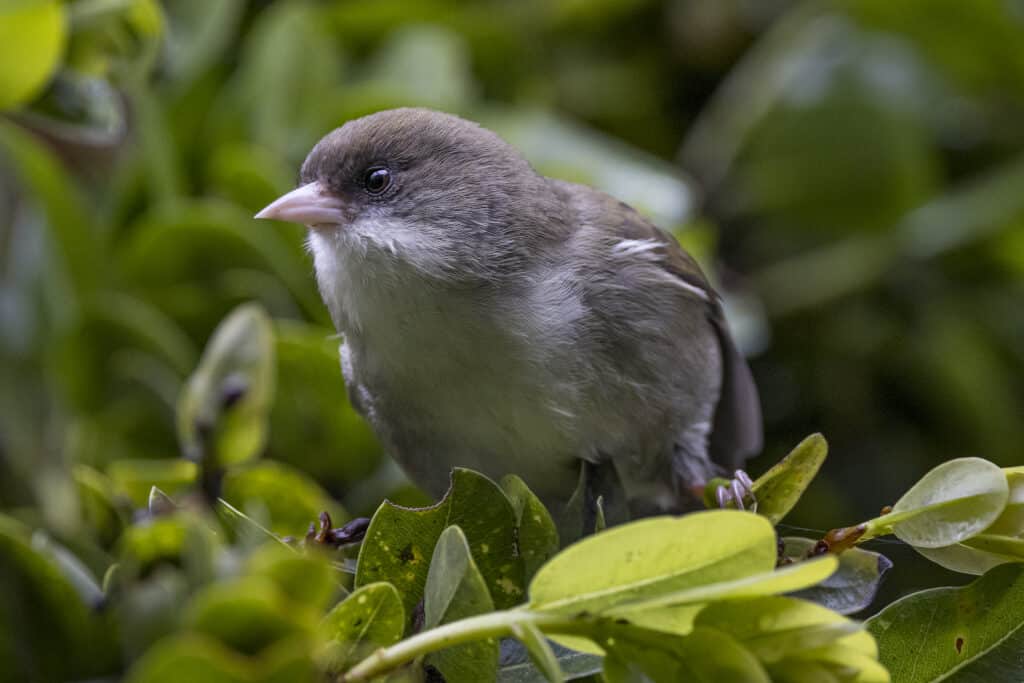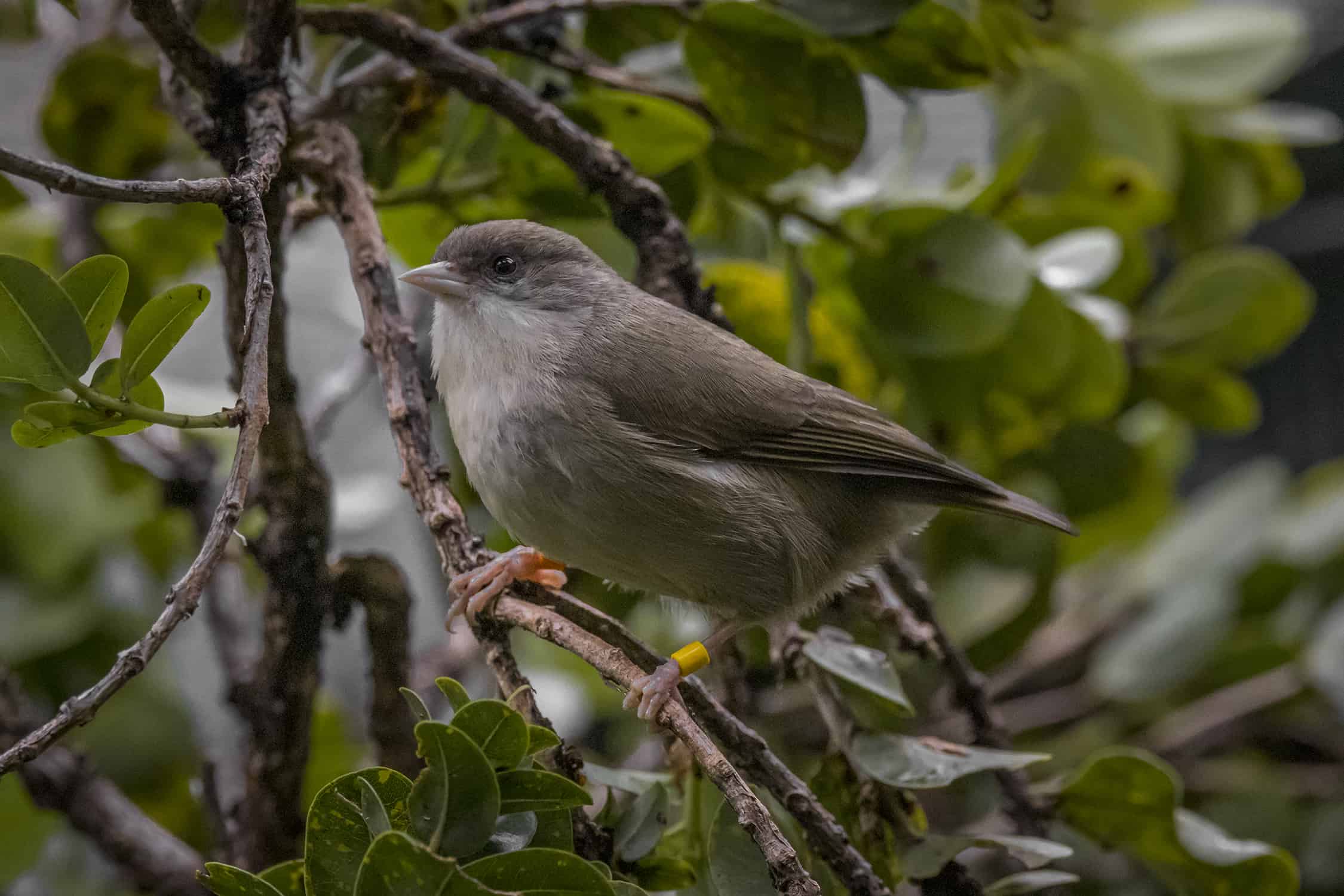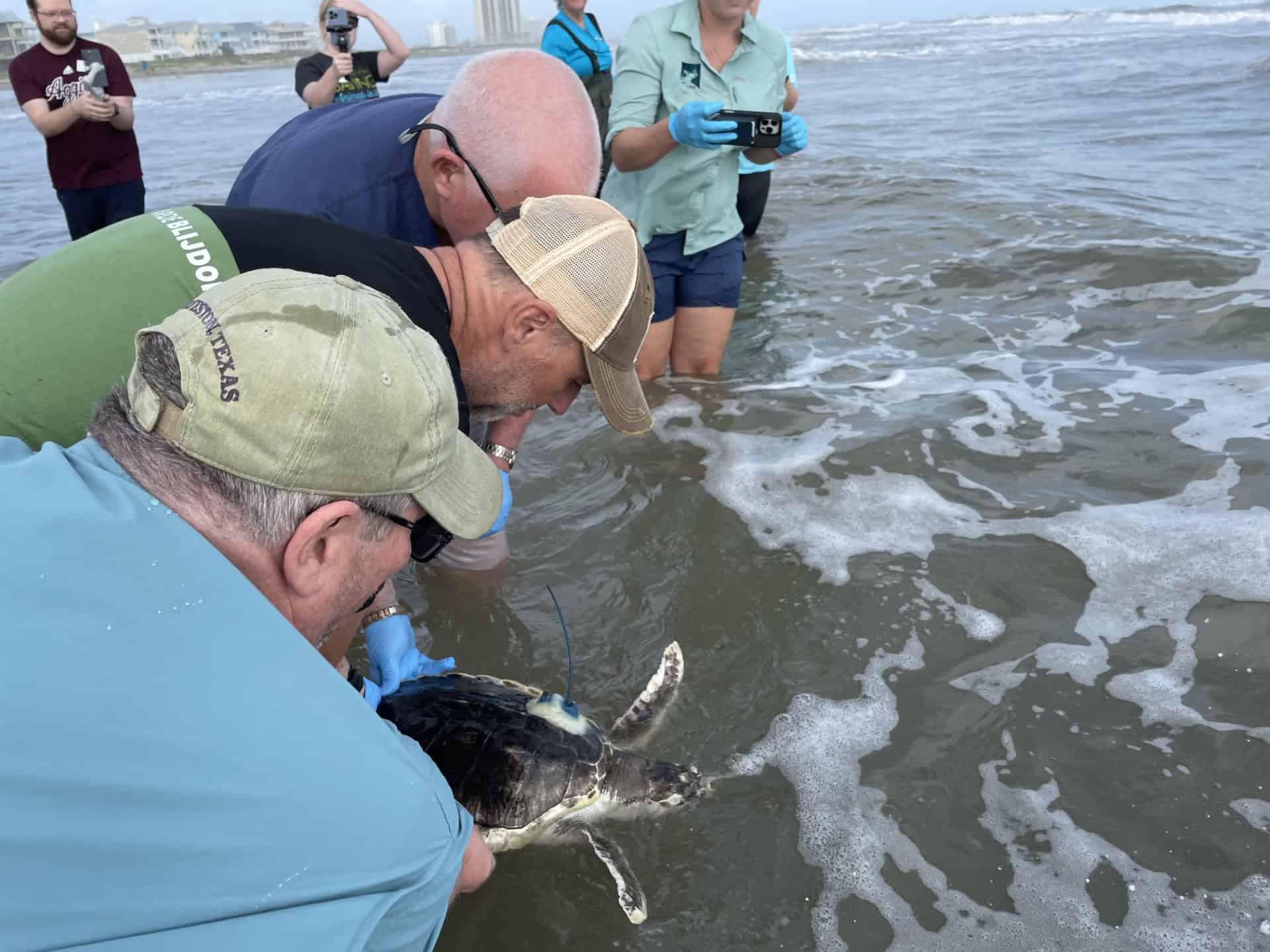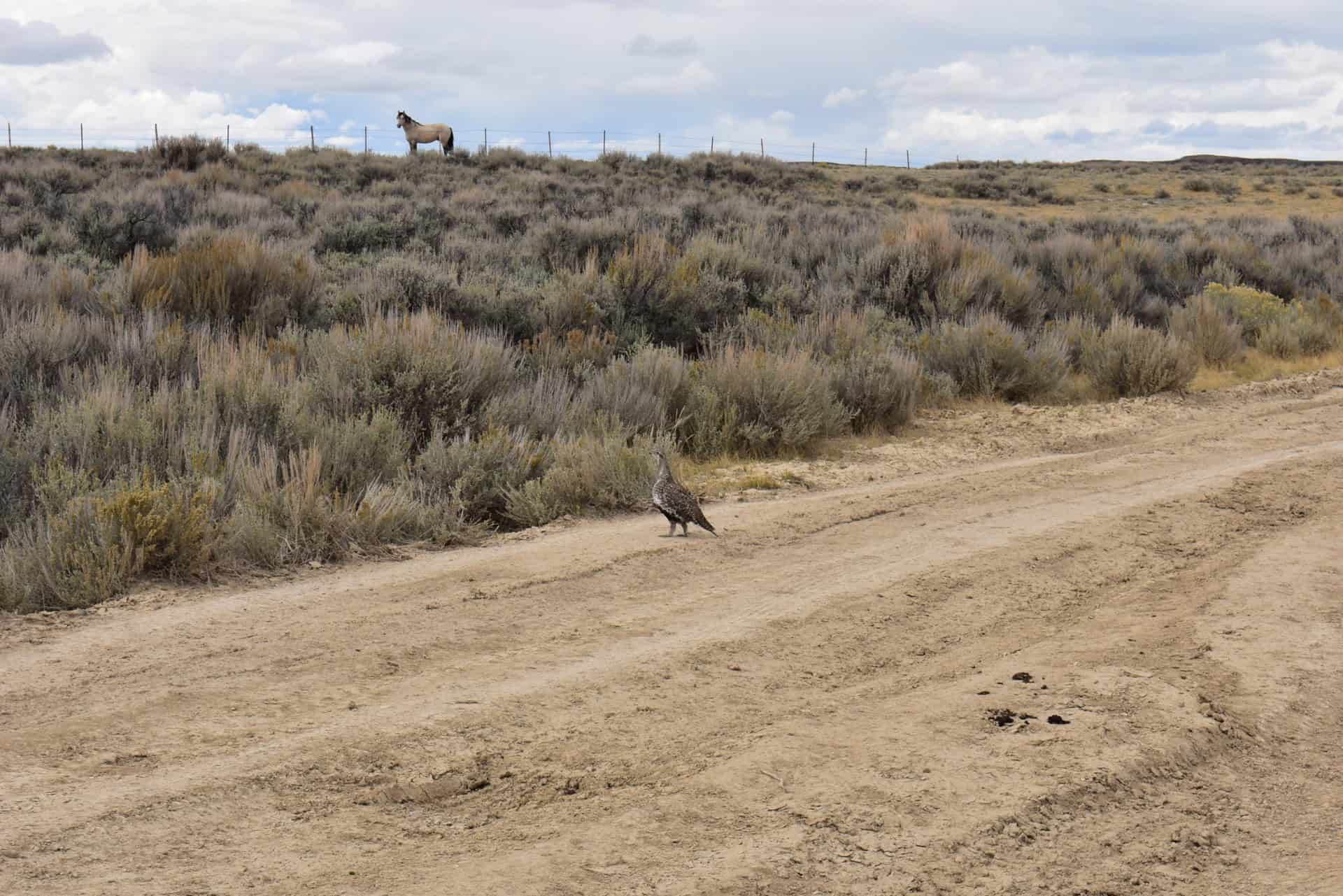Share this article
Wildlife Featured in this article
- 'Akikiki
- Southern house mosquito
Survival of ‘akikiki may come down to good mate choice
Captive breeding program is finding ways to improve the success of program for endangered Hawaiian honeycreepers
With only a few dozen of their species left and extinction in the wild projected within a few years, you might think that finding a mate becomes less a choice than an obligation for the ‘akikiki.
But biologists working to improve their captive reproduction program found that giving females a bit of choice between prospective mates can drastically improve their fertility.
“If we pair the female with the male that she spends more time with, we get more eggs at the end of the season,” said Alison Greggor, a researcher at the San Diego Zoo Wildlife Alliance.
Also known as the Kauai creeper, the ‘akikiki (Oreomystis bairdi) is one of the most endangered species of birds in the world. A species of Hawaiian honeycreeper, it only lives in the mountains the island of Kauai. While these high-elevation areas were formally a refuge from malaria-carrying mosquitoes due to the lower temperatures, climate change has given the insects an inroad to most of the ‘akikiki’s range, and the results have been devastating. Only a few dozen remain in the wild, and these are projected to go extinct within a few years as wildlife managers struggle to find a way to stop the spread of malaria—a disease introduced with invasive southern house mosquitoes (Culex quinquefasciatus) in the 19th century.
In a last-ditch effort to save the species, wildlife managers from a multi-group partnership brought some ‘akikiki eggs into captivity in 2015. They produced the first hatchling in captivity in 2018—the species luckily responds quite well to captive breeding. But given the low number of the birds, people who work with ‘akikiki are always looking for ways to improve the fertility of birds in captivity in the hope that they will one day be able to release them back into the wild.

Most research on captive breeding programs focuses on maximizing the genetic match between mates. But in a study published in Conservation Science and Practice, Greggor and her colleagues examined whether allowing female ‘akikiki to choose their mates would improve fertility.
The set-up is an avian version of Tinder. Instead of the birds swiping left or right, the researchers put the female in an aviary in the middle, sandwiched by two enclosures with one male each on either side of her—she could choose the male on the right or the left.
At first, the researchers weren’t sure if they’d be able to tell the females’ preferences. They placed perches near the males on either side and observed how the females behaved. They watched interactions like whether the females would share food with one male over the other, or whether they were more likely to eat near one.
In the end, they found that the female’s choice was best predicted by a relatively simple metric—the male she spent more time next to.
After these observation periods, they split the females in their study. They paired half the females with the male they spent more time near, and the other half with the other male. Since ‘akikiki can be territorial, “we made sure that birds weren’t put in a dangerous situation, or in an incompatible pair,” Greggor said.
By the end of the mating season, they already noticed a difference. The females that were paired with their preferred mate would lay four to seven eggs on average, while the ones with the non-preferred males only laid two to three on average. “Quite a big difference,” Greggor said, and one that could bring a big boost for the captive breeding program.
Since this initial study, the researchers have altered their set up so that the female is in an aviary surrounded by various males that Greggor refers to as “the Lover’s Lane.” The researchers examine which male of many the female spends more team near, just in case two choices just don’t cut it.
Greggor said this kind of research demonstrates that successful breeding isn’t only about making a good genetic match. Mate choice can play a large role. “There are relevant tools for improving breeding outcomes,” she said.
The finding could also be useful for related species of Hawaiian honeycreepers that are also in danger of extinction. While breeding programs haven’t been tested, Greggor hopes that the information might also apply to species like the ‘akeke‘e (Loxops caeruleirostris), which faces similar concerns.
Header Image: The ‘akikiki is one of the most endangered birds in the world. Credit: San Diego Zoo Wildlife Alliance








